A reflection on Disney Parks booze
Obviously, the story of alcohol at Disney Parks is neither as black-and-white nor as cut-and-dry (pun intended) as we tend to think.
Sure, in 1955, Walt decreed that alcohol shouldn’t be served at Disneyland.. but even he started instituting exceptions when Club 33 entered the picture. Magic Kingdom maintained the tradition (at least, until recently). But beginning with Epcot, it was decided that what Walt really meant was that alcohol shouldn’t be in any “Castle Park” (an arbitrary revision) since those are “family parks” (as if Animal Kingdom or California Adventure isn’t).
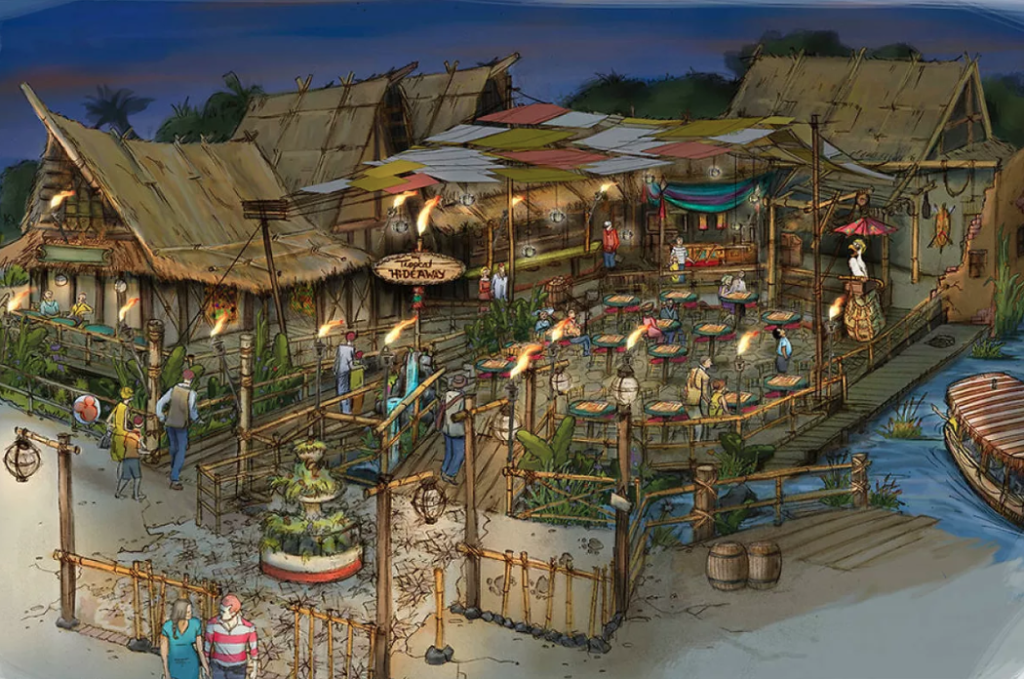
1982: EPCOT. Served alcohol as part of its backbone.
1989: Disney-MGM Studios. Yep.
1992: Disneyland Paris. No… but within a year, yes.
1998: Disney’s Animal Kingdom. Yeah.
2001: Disney’s California Adventure and Tokyo DisneySea. Uh-huh.
2002: Walt Disney Studios Paris. Of course.
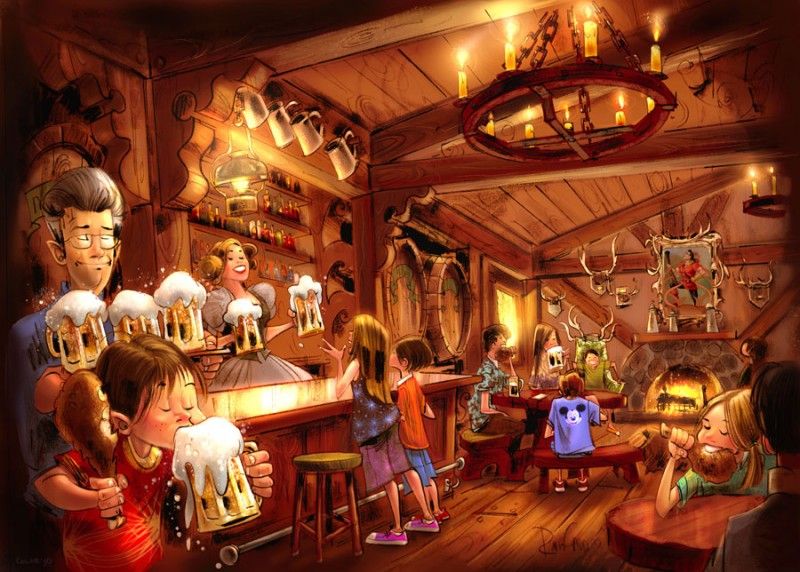
So year after year, park after park, alcohol was successfully integrated into almost every new Disney theme park despite Walt’s decree from the ’50s. And though its presence might’ve offended the sensibilities of some fans, surely its application didn’t. From its most refined use at Disneyland (pre-mixed drinks, beer, and wine only, served just at select full service restaurants) to its least restrained (Epcot, where liquor is plentiful), the truth is that alcohol really hasn’t changed the average family’s day at Disney Parks.
Despite fears to the contrary, the “magic” of a Castle Park is affected by alcohol about as much as the “magic” of any other Disney Park is: that is, on average, it isn’t. So that leaves the arguments FOR and AGAINST alcohol at Disney Parks chiefly in two camps…
The Arguments for Alcohol: Acceptance, lifestyling, and revenue
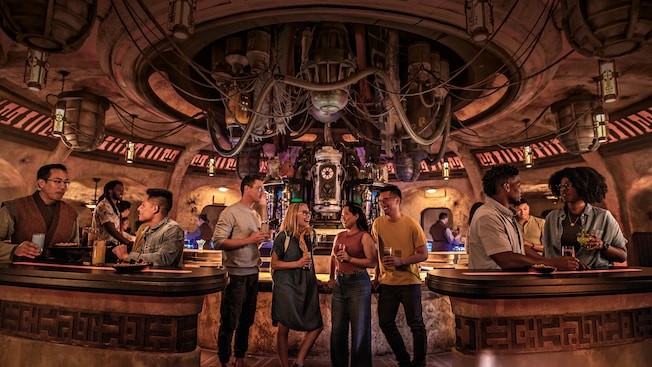
Obviously, Americans’ relationship with alcohol is complex and ever-changing in a way that’s no doubt served as the basis of countless PhD dissertations. Statistically, Americans’ attitudes about alcohol have gradually shifted toward the negative since the 1950s, even as a cultural acceptance of alcohol has gradually risen. In other words, more of us acknowledge that alcohol is problematic or harmful, even as more of us get used to seeing, drinking, and being around it in public.
Even globally, the way Americans quantify, admonish, glorify, and restrict alcohol use is very unique, and probably shaped very distinctly by our nation’s Puritan origins, Prohibition, alcoholism, and late-20th-century Americana that makes a cold beer as American as apple pie. That sort of makes America’s relationship with alcohol less than the sum of its parts – really, an intertwined, uncomfortable, and dynamic collection of very individual, personal relationships with alcohol.
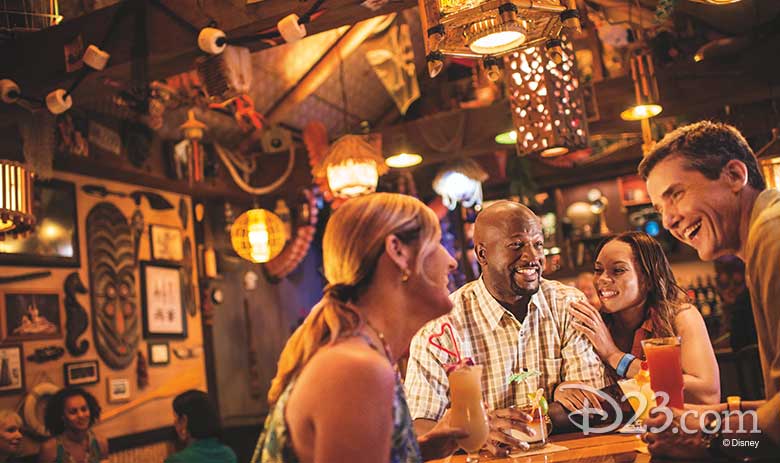
A rarely-spoken but widely-considered fear held that if alcohol were available at Magic Kingdom, mom or dad might post up in a pub in Fantasyland for the day, allowing booze to steal attention away from the family. But frankly, the presence of beer and wine at Walt Disney World’s second, third, and fourth gates (plus, y’know every hotel and restaurant outside the parks) has served to provide decades of evidence that that’s not the way alcohol is typically consumed at Walt Disney World.
And more to the point, with a rising proportion of Disney Parks guests identifying as “lifestylers” (those who visit regularly or even frequently, treating the theme parks like the rest of the nation might treat a mall or, y’know, an after-work bar), it makes sense that young people, “Disney adults,” and “childless millennials” could find in Disneyland a place to grab a cocktail and relax.

Then, of course, there’s the unignorable element. Since attitudes about alcohol are on the downswing, alcohol sales at Disneyland are likely motivated not by social sway, but by revenue. When guests sit to have a $60 prix fixe dinner at the Blue Bayou, a $3 Diet Coke sits where, for most, a $12 glass of wine might’ve otherwise.
For the Walt Disney Company, the amount of money left on the table across the last sixty years by choosing not to offer alcohol at Disneyland and Magic Kingdom is substantial… and for some executives, probably regrettable. Luckily for them, it’s also reversible – a slow-moving but steady initiative they’re clearly game to undertake.
Like the larger issue of alcohol in America, discussions about the reasons to offer it at Disney Parks are complex, personal, and sensitive… but given the relative lack of harm in Disney’s non-Castle Parks, the rise of “lifestyling,” and the potential revenue, we can at least understand Disney’s perspective here: that there’s really only one reason to keep alcohol out of Disneyland and Magic Kingdom…
The Arguments Against Alcohol: Tradition
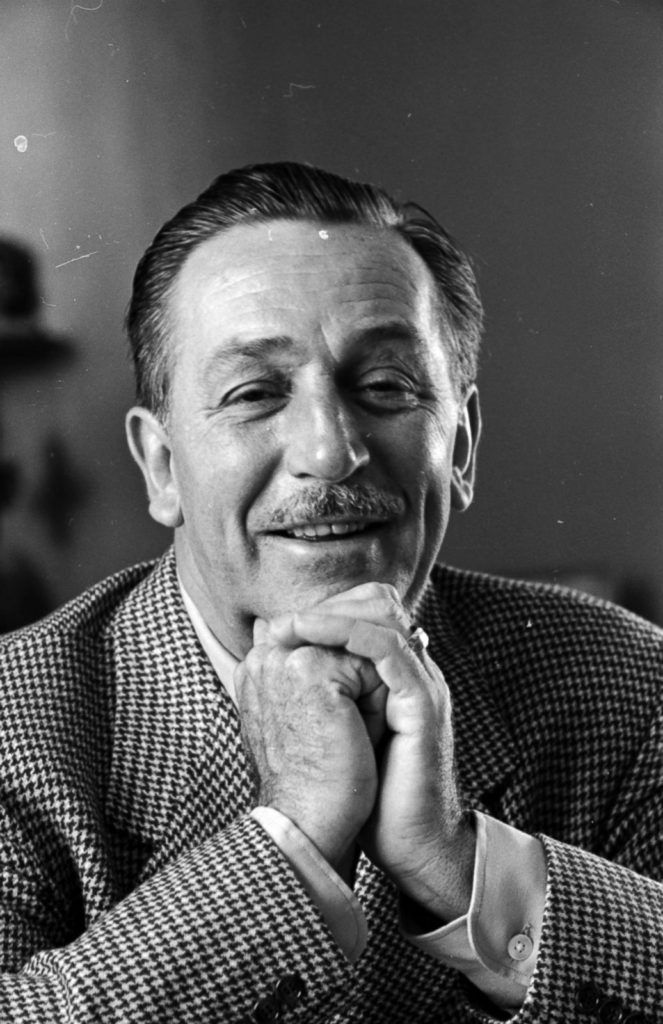
For many fans, it seems that the reason for keeping alcohol out of Walt’s esteemed “castle” parks is simply that it’s never been there before, and ought to stay that way.
And lest we forget, that “policy” was shaped by the words of Walt Disney himself! It was the company’s founder who made the pronouncement (probably, for lots of reasons he never fully verbalized) that he just didn’t want alcohol inside of his family fun park, and for many fans, that’s enough in and of itself.
Of course, as we’ve seen, that’s not entirely true anyway… Remember, the Castle Parks in Anaheim, Tokyo, and Shanghai have all served alcohol in their respective Club 33s; Paris abandoned its doomed prohibition of alcoholic beverages decades ago; and now, both Magic Kingdom and Disneyland have gradually stepped toward the new, “modified” rulebook for Castle Parks that permits alcohol, but in the more limited and costly contexts of table service restaurants. Technically, the only Castle Park left with a legitimately “dry’ campus is Hong Kong Disneyland.
It’s also worth acknowledging that while Disney did an altogether good job of keeping Walt’s alcohol-free tradition for most of the lifetime of most Castle Parks, you might consider it a “scapegoat tradition,” surviving for its own sake while so many other traditions of equal importance to Walt were done away with. (For example, Walt’s decree that coffee should always be available for 10 cents seems to have been swiftly forgotten… Hmm…)
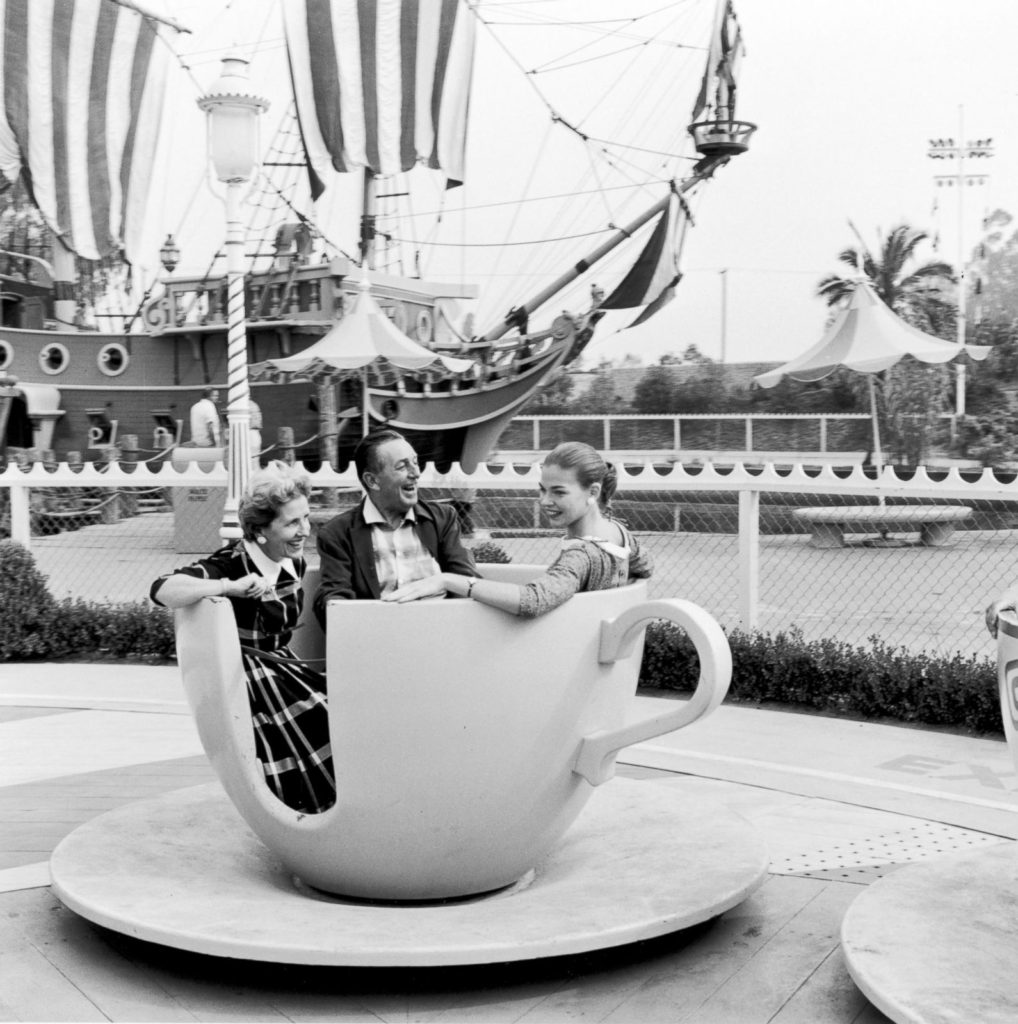
And that’s why – though some feign a guess – it’s very much impossible to know what Walt would’ve thought about alcohol being served in his parks today. Once Disneyland had established itself as something different from the amusement parks of the day, might he have allowed alcoholic beverages in full service restaurants? Once alcohol was successfully integrated into EPCOT Center, would that have changed his moratorium at Disneyland and Magic Kingdom? If Walt himself had known of a Parisian Disneyland, would he truly expect it to be dry? Isn’t Disney’s Animal Kingdom or Disneyland Paris still a “family park” despite the inclusion of alcohol?
At the end of the day, maybe “tradition” isn’t such a bad reason to keep doing something. Many Disney Parks fans considered it a point of pride that the international media conglomerate Walt Disney Company was willing to respect the seemingly trivial, archaic, and arbitrary pronouncement of its founder sixty years ago even though (and perhaps especially because) it left money on the table.
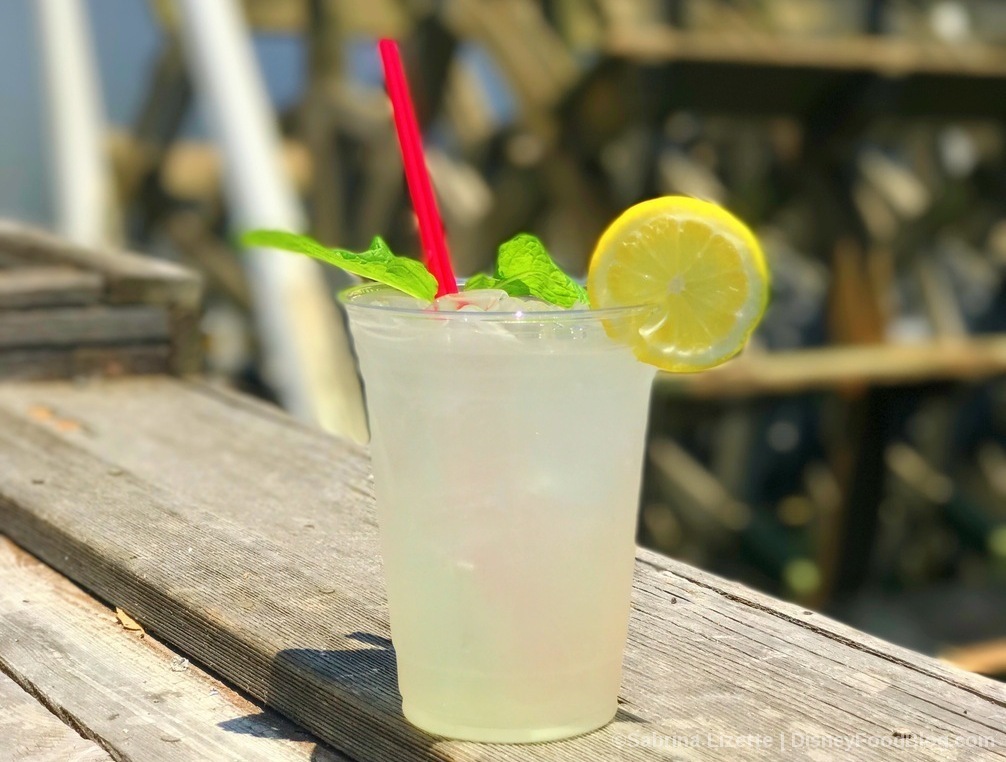
For better or worse, the time has come. By way of both Oga’s Cantina with its alien slushies, the Blue Bayou with its sparkling wine, and now plain ole beer at the Carnation Café, prohibition has at last been lifted from Disneyland.
Bob Iger was right – Sleeping Beauty Castle hasn’t crumbled. But the dam that held alcohol out of Disneyland has… and tradition or not, whether we end up seeing beer carts on Main Street, rum-infused Dole Whips in Adventureland, and real mint juleps in New Orleans Square seems to be just a matter of time…

Thank you so much for reading. Now, it’s your turn to join the story. If you enjoy spending time falling down the “rabbit hole” of Park Lore’s in-depth, ad-free, member-supported stories, consider becoming a Member for as little as $2 / month.
Members can unlock rare concept art in every tale, reveal attraction audio streams in select stories, gain access to over a hundred exclusive articles in our quick-read Extra Features and in-depth Special Features collections, gain exclusive podcast extras, and receive an annual member card and merch in the mail! (Plus, y’know, supporting research-based, ad-free, clickbait-free, in-depth theme park writing!)


